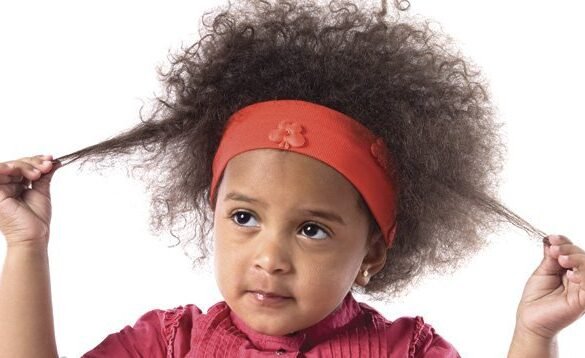Reviewed by Aleathea Lillitos
The author of this book, Ingrid Banks, is a social scientist and Assistant Professor of Black Studies in the Center for Interdisciplinary Studies at Virginia Tech. In the introduction she uses a news story that goes straight to the heart of the emotional, historical and ideological matter of the book; hair matters to black women in particular because hair is not simply about perceptions of attractiveness or otherwise, but it also signifies political, cultural and social meanings in relation to group identity. Banks tells the story of a white teacher at a predominantly black and Hispanic Public School in Brooklyn who unleashed a national controversy after using a children’s book called, ‘Nappy hair’ (1997) by Carolivia Herron in her third grade class. “Nappy” or “Kinky” are words used by blacks to describe hair that is tightly curled or coiled in texture and although the teacher used the book in celebration of nappy hair, the parents of the children perceived the use of the story to be offensive. Historically, ‘nappy’ is a derogatory term.

This book, based on ethnographic research is arranged around a series of interviews with 61 black women of varying ages, from 13 – 76, educational and professional status, place of birth and city where raised, and most importantly, hairstyle types and textures of which there is a comprehensive list in the appendix.

The author, who states that “Hair is one of the most talked about subjects among black women,” conducted her research into why hair matters through the use of focus groups with girls and women who were generally known to and at ease with each other so that the discussions were open and honest. To have any validity, the discussants needed to be honest because one of the most volatile issues concerning black women’s hairstyling practices involves hair alteration, particularly straightening the hair with chemical relaxants, a pressing comb* or blow dryer Hair shapes ideas about identity; the hairstyle adopted can signify attitudes and emotions that reside on the head rather than inside it. Many blacks embraced nappy or natural hair in the late 1960s and early 1970s, at the height of the Black Power movement when psychologists and sociologists suggested that by adopting hair straightening practices, black women embraced white images of beauty and rejected their colour. African American women in the United States have historically felt pressure to conform to idealised standards of beauty and femininity a standard that includes long, blonde, silky hair, hair that moves in the wind and becomes sleek in water. Black women, in particular those with smoother and more manageable natural hair texture, which they refer to as ‘good’ hair want a mate with the same, or smoother hair texture than themselves in order to pass on to their female offspring the advantages that attend manageable hair. The author questions whether the unconscious motive is the desire to fit into white society through the denial of their black origins.
For the author, Ingrid Banks, who wears her hair in a ‘natural’, that is unaltered state the issue of how to conduct the research was in itself a political and psychological minefield indicating just how contentious is the matter of hair straightening among black women. She worried that her questions would be offensive or perceived as a criticism of the respondent’s choice of hairstyle and texture.
I think this is an important book; a book that attempts to air complex issues about personal and group identity for black women. It focuses on hair, but makes waves regarding racial stereotyping, the fascism of beauty, and the meaning of self-hatred when living in a society where particular racial characteristics are thought to diminish the possibility of attaining a worthwhile job, or a sexual partner. The most contentious and in some ways unsatisfactorily explored issue in the book, because it is likely to be unconscious, and if conscious, defended against by most respondents, is of self-hatred. However, Ingrid Banks has made a brave start in revealing the extent to which it pervades the conscious and unconscious thinking of many women who perceive they fail the criteria for being beautiful because of their hair.
*Pressing comb. Invented by Madame C.J. Walker in 1915. It became a symbol of oppression because it is associated with feelings of shame about hair in its natural state.















